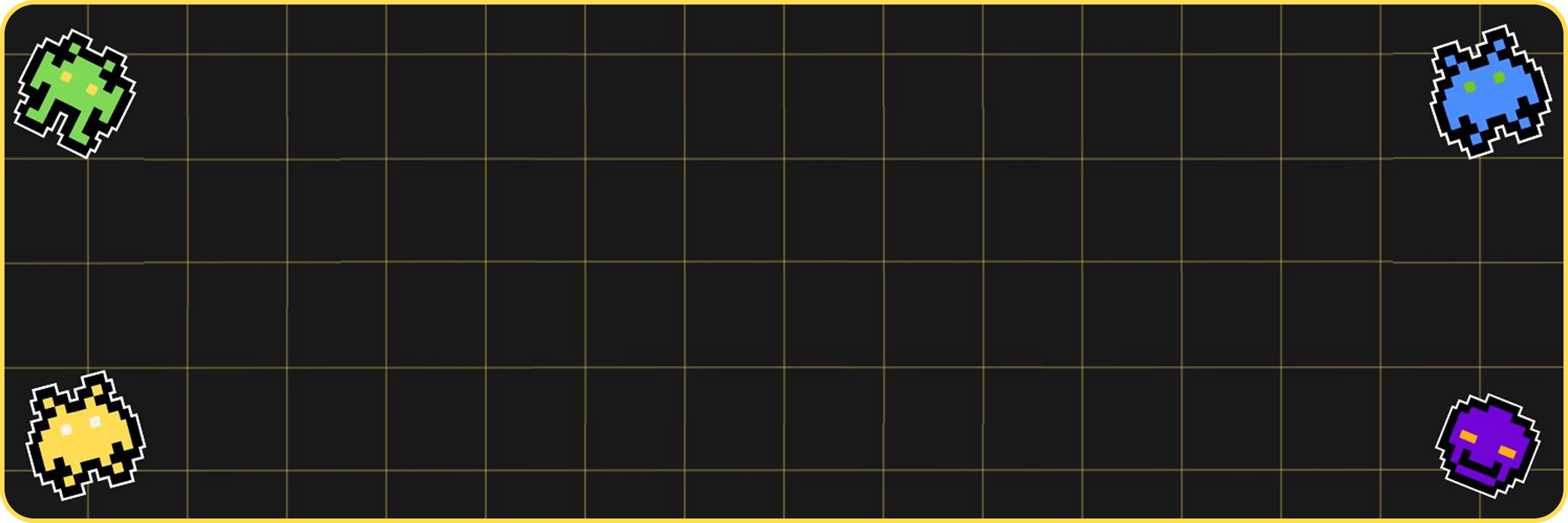Before work starts on creating the required game assets, your project manager will ask you to fill in a brief. This brief is composed of a short questionnaire that will help our team understand what you want for your project and help create accurate project specifications for the assigned artists.
Before work starts on creating the required game assets, your project manager will ask you to fill in a brief. This brief is composed of a short questionnaire that will help our team understand what you want for your project and help create accurate project specifications for the assigned artists. The questions may differ slightly depending on the project (for example, 2D and 3D art have different requirements and specifications), but certain information is always required.
So, what does the brief include?
General information
By gathering accurate information on the game and the developer, we can fully understand the project we’ll be working on. This means we can create an effective and inspired team. After all, to create cool art, you need to immerse yourself in the world of the game!
Information about the developer:
- Name of developer
- Name of game publisher
- Details of the developer’s project team
- Main point of contact
- Developer’s timezone and preferred contact time
Information about the game:
- Name
- Short description
- Genre
- Visual style
- Setting
- Original IP source (if the game is based on a book/film or is part of a series)
- References to other games with similar graphics/style/action/color palettes
- Further links to information about the game (website, build, video, screenshots, character descriptions, etc)
- Intended audience
- Game rating (PEGI or other)
- Target release platforms
- Target release date
Information About the Art
- The required art type (2D, 3D, UI, character or environment development)
- Links to existing content or sketches (if available)
Toolset
Understanding how the workflow is set up on the developer’s side lets us evaluate deadlines more accurately and better arrange our collaborative work.
- How tasks are assigned (we can use task trackers like Jira and Asana, email, Slack, or other methods)
- What feedback channels are used
- Preferred format for deliverables
- Preferred way to communicate with project managers
Stages of Work
Understanding these will help us create well-ordered processes.
- Stages that require client approval (the pipeline for production/work with outsourcing on the client’s side)
- Number of options needed at the sketch stage
- Number of views needed at each stage of the pipeline
- Preferred timeline for edits
- Response time for client feedback
Requirements for the Deliverable
Next, we come to the most important part: what the finished asset should look like.
- References
- Current assets in the game that resemble the required assets
- Evaluation criteria
- Technical requirements for the assets (size, file extension, submission format, and graphic type. These requirements may vary depending on the task type)
Additional Requests
If you have any requirements not included in the preceding sections of the brief, let us know!




